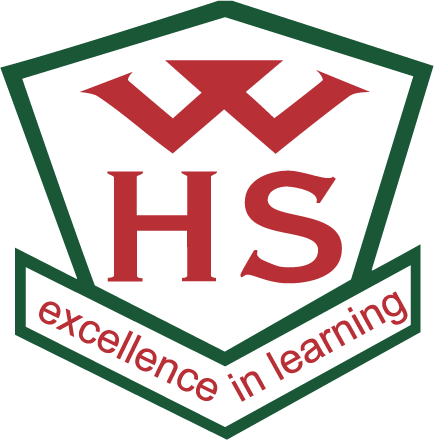Message from the Principal
 I write at the end of term 1, a term when we are getting down to business for the current year but where we also reflect on what happened last year. In our analysis of results I have been interested in the link between achievement at NCEA and connectedness. In our strategic plan part of our vision statement is that our young people “will be confident, connected, actively involved, and lifelong learners.”
I write at the end of term 1, a term when we are getting down to business for the current year but where we also reflect on what happened last year. In our analysis of results I have been interested in the link between achievement at NCEA and connectedness. In our strategic plan part of our vision statement is that our young people “will be confident, connected, actively involved, and lifelong learners.”
Connectedness reflects that students want to be at school and this is shown firstly through their attendance but also through their involvement in the wider opportunities that school affords them.
In the table below I have compared students who were involved in at least one activity (sporting, cultural, club, society, etc) with their level of NCEA achievement. The first 2 rows indicate the number of students in each senior year involved in at least one activity, then expressed as a percentage of the whole of that cohort. In the following rows, I have calculated the average number of activities that students were involved in compared with their level of endorsement. For example, at year 13 last year, students who achieved NCEA level 3 with Excellence endorsement were also, on average, doing 4 other activities (sporting, cultural, etc) at school. This data shows a clear link between higher NCEA achievement and involvement in wider school activities.
| Year 11 | Year 12 | Year 13 | |||
| Number of students in 1 or more group* | 160 | 154 | 178 | ||
| Percentage in 1 or more group* | 54.8% | 52% | 58.6% | ||
| Ave number of groups – students with Excellence endorsement (E) | 2 | 3 | 4 | ||
| Ave number of groups – students with Merit endorsement (M) | 1.7 | 1.5 | 1.8 | ||
| Ave number of groups – students who Achieved (A) | 1.3 | 1.1 | 1.5 | ||
| Ave number of groups – students who did Not Achieve (N) | 0.5 | 0.3 | 0.7 | ||
| Total number of students | 292 | 296 | 304 |
*group = sporting, cultural, club, society, etc
None of this is a surprise and the data below further reiterates this link. For example, at year 11 last year, 74.4% of the students who attained excellence endorsement were involved in at least 1 group (group = sporting or cultural activity), whilst only 29.2% of those students who did not achieve the qualification were involved in at least 1 group.
| Percentage of E (Excellence) students in 1 or more group | 74.4% | 85% | 91.7% | ||
| Percentage of M (Merit) students in 1 or more group | 73.8% | 76.5% | 80.9% | ||
| Percentage of A (Achieved) students in 1 or more group | 61.2% | 58.3% | 73.8% | ||
| Percentage of N (Not Achieved) students in 1 or more group | 29.2% | 22.9% | 41.7% |
So what can we learn from the data above? I started by mentioning connectedness. One of the greatest experiences of schooling is the opportunity to be able to try a wide range of activities – sporting, cultural, clubs, etc. Students who are involved in activities perform better academically, and the more activities they are involved in, the better they perform. This creates for them an environment that they want to be in, that they feel connected to and this sets them on the pathway to success. This is also where the other aspects I mentioned earlier in this piece fit in: connectedness helps with being ‘confident’, it is an integral part of being ‘actively involved’ and it creates ‘lifelong learners’. This is also the pathway to healthy identity and wellbeing.
If your young person is not currently involved in anything other than the academic side of school, encourage them to find something that interests them and give it a go. A quick look at the daily notices any day of the week will give you a range of possibilities for their involvement in the wider school life. There should be something for everyone and if your student has a particular interest that is not being met by what’s on offer, talk to us about this and we will endeavour to provide appropriate opportunities.
Finally, I hope you are able to spend some valuable, quality time with your young person over the Easter break and perhaps during the accompanying school holidays. They will really value that time that you are able to spend with them and their connection to home and to you is even more important than their connection to school.
Ngā mihi nui
Dominic Killalea
April 2019
